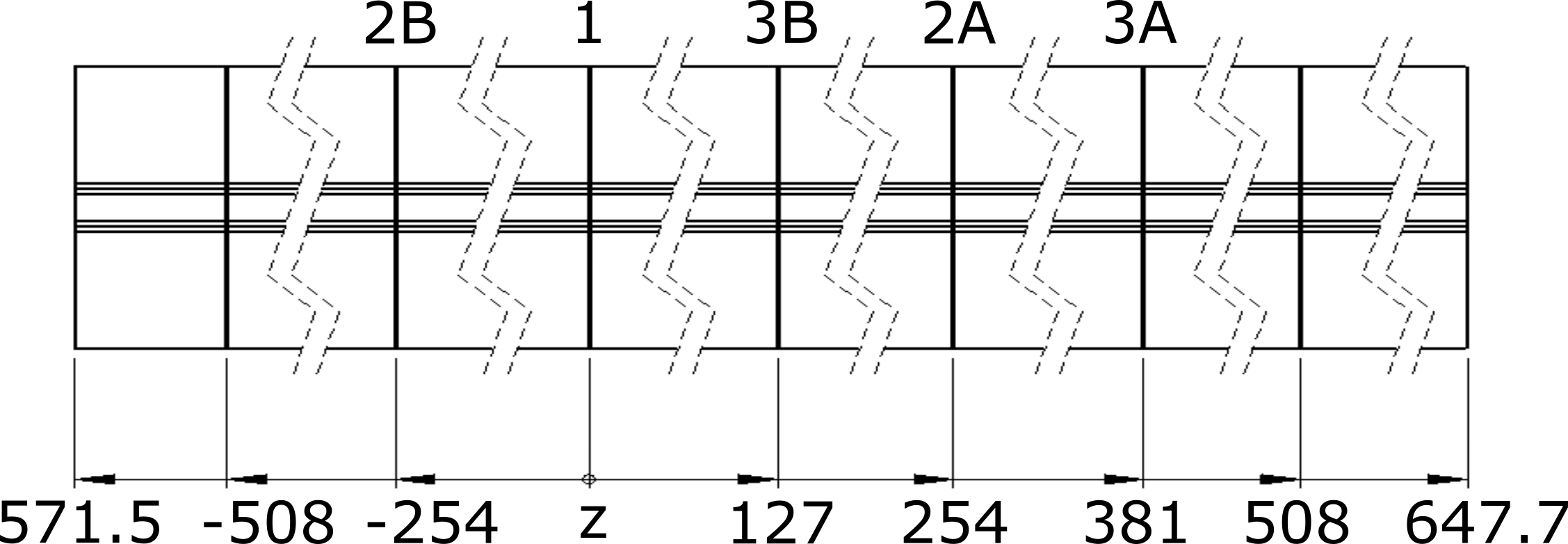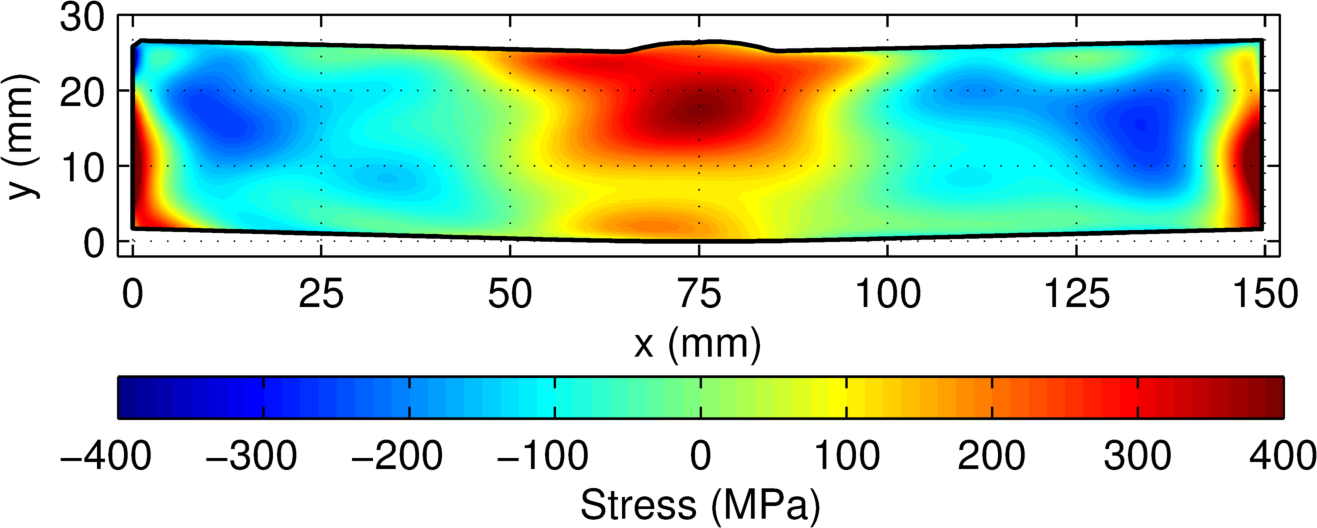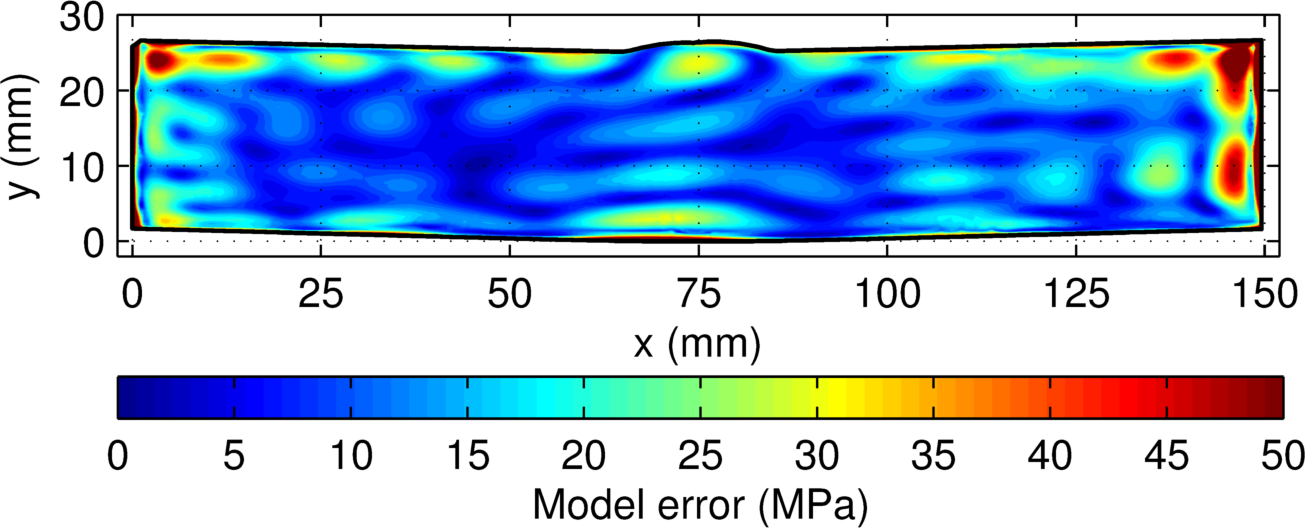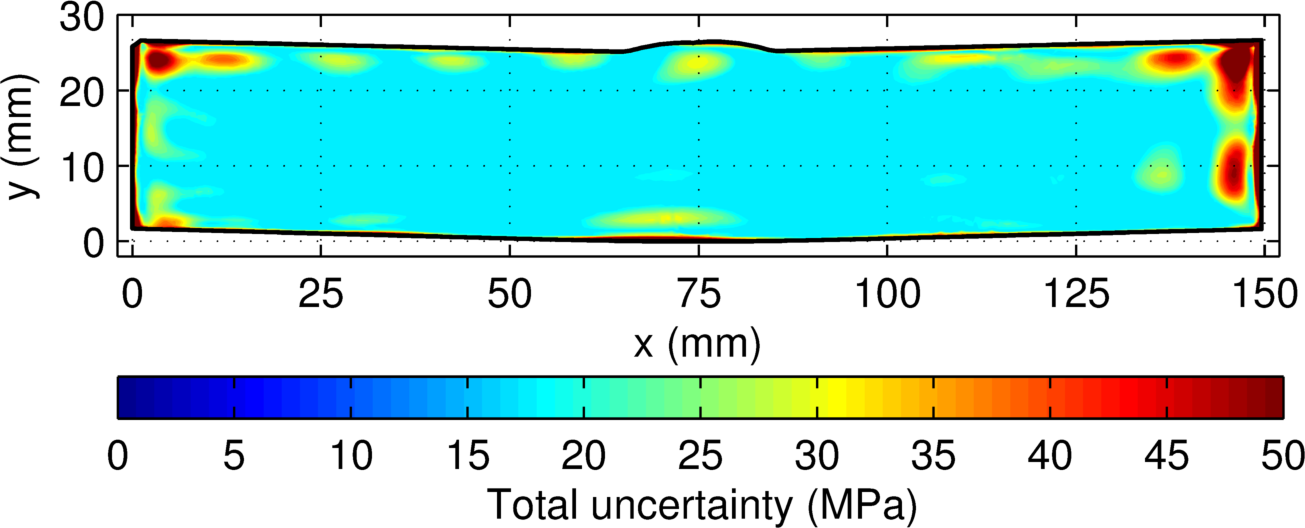We’ve got another 10-year milestone here at Hill Engineering, and this time it’s mine! Continue reading Ten Years of Robby
Tag: contour method
Search results for Hill Engineering blog posts containing the tag contour method
Enhancing Efficiency: Hill Engineering’s scanning profilometer system
In the intricate world of residual stress analysis, the pursuit of precision is an ongoing endeavor. The Hill Engineering Scanning Profilometer (HESP) was a result of this perennial struggle, offering a satisfying, in-house solution that revolutionized our ability to perform contour method residual stress measurements.
Continue reading Enhancing Efficiency: Hill Engineering’s scanning profilometer systemContour Method Reproducibility Publication
Hill Engineering has participated in a collaborative, interlaboratory effort to quantify contour method residual stress measurement reproducibility. The study, entitled ‘Interlaboratory Reproducibility of Contour Method Data in a High Strength Aluminum Alloy’ was published through Experimental Mechanics, and is provided open access on Springer Link. The background, objective, and methods from the abstract text are as follows:
Continue reading Contour Method Reproducibility PublicationPublication alert – Multiscale framework for prediction of residual stress in additively manufactured functionally graded material
Hill Engineering recently published new research with collaborators from around the world including South Korea, Australia, China, and the United Kingdom. The work is titled Multiscale framework for prediction of residual stress in additively manufactured functionally graded material. The abstract text is available here along with a link to the publication.
Continue reading Publication alert – Multiscale framework for prediction of residual stress in additively manufactured functionally graded materialAdvances in Residual Stress Technology in honor of Drew Nelson
A special Issue of Experimental Mechanics on Advances in Residual Stress Technology in Honor of Drew Nelson was recently published. The Special Issue recognizes Dr. Nelson, Mike’s PhD advisor at Stanford University and a leader in the residual stress community, on becoming emeritus after 40 years of research contributions and teaching on the experimental determination of residual stresses and their effects on fatigue.
Continue reading Advances in Residual Stress Technology in honor of Drew NelsonHill Engineering featured in Railway Track & Structures – August 2022
We recently learned that some hole drilling method and contour method results were highlighted in the August 2022 issue of Railway Track and Structures. The article is titled Residual stress investigation of ultrasonic impact treated and untreated thermite welds.
Continue reading Hill Engineering featured in Railway Track & Structures – August 2022Contour Method 101: Two-Dimensional Mapping of Residual Stress
We talk a lot about the residual stress measurement techniques we employ at Hill Engineering. One of the most commonly used is the Contour Method! Invented in the year 2000, and patented by Los Alamos National Laboratory, the contour method measures 2D residual stresses over a planar surface.
Continue reading Contour Method 101: Two-Dimensional Mapping of Residual StressCase Study: Contour Method Uncertainty
The contour method is a residual stress measurement technique that provides a two-dimensional map of residual stress on a plane. Hill Engineering’s most recent case study explores how we determine the uncertainty in these measurements.
Continue reading Case Study: Contour Method UncertaintyContour method uncertainty
The contour method is a residual stress measurement technique that provides a two-dimensional map of residual stress on a plane. Hill Engineering’s uncertainty estimate for contour method measurements is summarized here. For additional information, refer to the references below.
The contour method uncertainty estimate accounts for two main, random uncertainty sources present in contour method measurements. This includes the uncertainty associated with random noise in the surface height profiles called the displacement error, and the uncertainty associated with choosing a specific analytical model to fit the surface profiles called the model error.
The displacement error is estimated using a Monte Carlo approach that applies normally distributed noise to the each of the original measured surfaces. The normally distributed noise is prescribed to have approximately the same magnitude as the surface roughness that arises from EDM cutting. Stress results are found using five different sets of random noise added to the surface height profiles, and the standard deviation of those five residual stress results at each spatial location is taken as the displacement error.
The model error is estimated by taking the standard deviation of the residual stress results using displacement surface profiles that have been fit with different analytical models (centered around what was determined to be the best fit). Each case uses a different number of fitting coefficients.
The total contour method uncertainty is then taken as the root-sum-square of the displacement and model errors with a minimum value of uncertainty set as a floor. The floor used is the mean of the total uncertainty (prior to the application of the floor), which is evaluated over a regular grid. The uncertainty estimate is assumed to have a normal distribution, which implies that one standard deviation represents a 68% confidence interval.
An illustrative example of the contour method uncertainty calculation is provided below from a measurement on a dissimilar metal welded plate.

Stainless steel dissimilar metal dimensions and measurement locations (dimensions in mm)
The measured residual stress in the test specimen is shown below.

Measured residual stress (σzz)
The model error for the measurement (below) is largest along the part boundary (95th percentile is at 41.0 MPa). The displacement error (also shown below) is largest along the part boundary (95th percentile is at 11.8 MPa). The displacement error is much smaller than the model error. The total uncertainty has nearly the same distribution as the model error (95th percentile is at 42.5 MPa) with a 17.5 MPa floor covering most of the cross-section.



(top) Displacement error, (middle) model error, and (bottom) total uncertainty for the stainless steel DM welded samples
If you would like more information about using the contour method to determine a 2D map of residual stress in your parts please contact us.
Happy 20th birthday to the contour method
Today marks a major milestone in the field of residual stress measurement. The contour method, one of the most useful and advanced residual stress measurement techniques, was first successfully implemented on this date (August 16th) in 1999 by Mike Prime at Los Alamos National Laboratory. The most significant feature of the contour method is its ability to generate detailed two-dimensional residual stress maps like the one shown below. Please join us in wishing the contour method a very happy 20th birthday! Continue reading Happy 20th birthday to the contour method